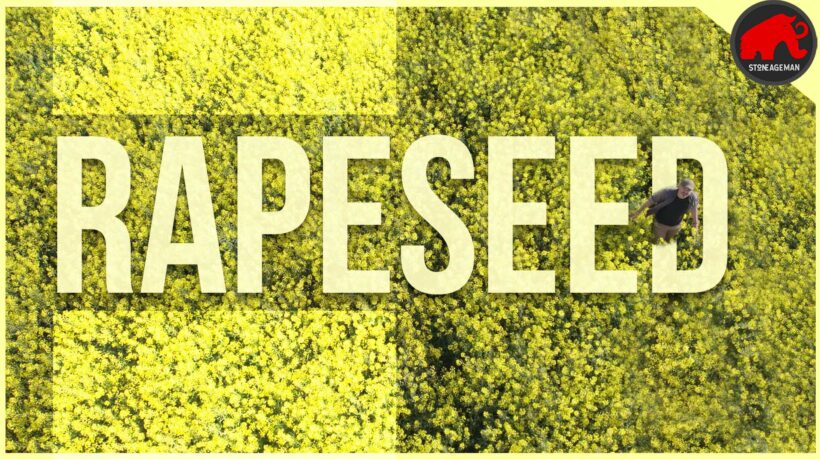Rapeseed: Both a Miracle Plant and a Big Problem
If you travel through Europe in the spring or drive through the northern US or Canada, you may come across massive yellow fields in full bloom. These are the rapeseed fields. They look impressive on the landscape and the proponents in the industry are claiming this is one of the key ingredients in the “green revolution.”
However, this green movement and the use of this plant isn’t all it’s cracked up to be. To understand exactly why, you have to understand the basic biology and the current predicament we’re in. To give this introduction, as always I first created this video:
In making this rapeseed video above, I was at first only interested in telling the story about the biology, but then got interested in their role as a bio-fuel. Understanding the former is important for understanding the later.
Rapeseed Biology
The rapeseed plant is Brassica napa a large mustard that is closely related to the yellow and brown mustards we use for condiments. It’s also closely related to Brassica oleracea (brussel spouts, cabbage, kohlrobbi, broccoli). The point of noting the relation is that you can fairly easily create new cultivars in the genetic diversity that exists in the plant. You can also hybridize some of these different species to improve the genetics of the original plant.
Brassica napa has significant amounts of a toxin known as erucic acid in it. In rats, this has been shown to cause damage and hence, scientists actively worked to reduce the amount of erucic acid in the plant. In the 80’s a form of Brassica napa was selected for to have low erucic acid and it was rebranded CANOLA oil (CAN – for canada, Oil, Low, Acid). Later they created a GMO round-up ready Canola.

BioFuel Revolution
Now Rapeseed fields make up about 16% of growable land in Czechia (where we shot the video). Most of that is being grown for biofuel. The oils in the seed are squeezed out and through a process of transesterification it is turned into biodiesel.
The benefits of biofuel are mainly in the carbon use in the plant. The efficiency of sequestering this carbon is anywhere from 78% to 43%. The difference depends largely on land use changes. If the land needs little to no clearing or fertilizer, there is only about a 22% addition of fuel needed to plant, harvest and process the oils. If the land needs to be cleared the cost increases. The unfortunate reality though is that most of this does not take into account the loss of available land for other practices.

Rapeseed Biofuel Downsides
One of the main problems with biofuel in general is that it takes up land that could be either growing forests, grasslands or other food. If not enough land is being left aside for forest services, this could be a large problem. Additionally, land that was once forest is being cleared in developing countries to grow biofuels, leading to deforestation and loss of diversity in those regions.
I point out all of this to show that that is a very complicated issue. I hope the video helped look at this all in a new light. Looking forward to seeing things get better and better in the future as more people learn how biofuel might be appropriately mixed into our economy.
































































































